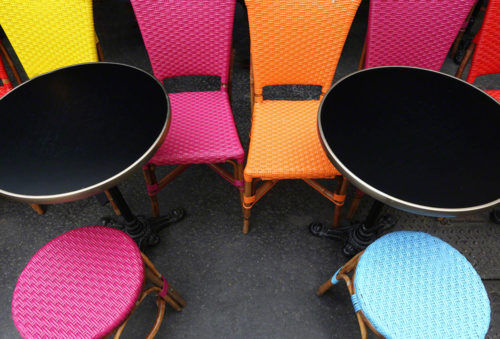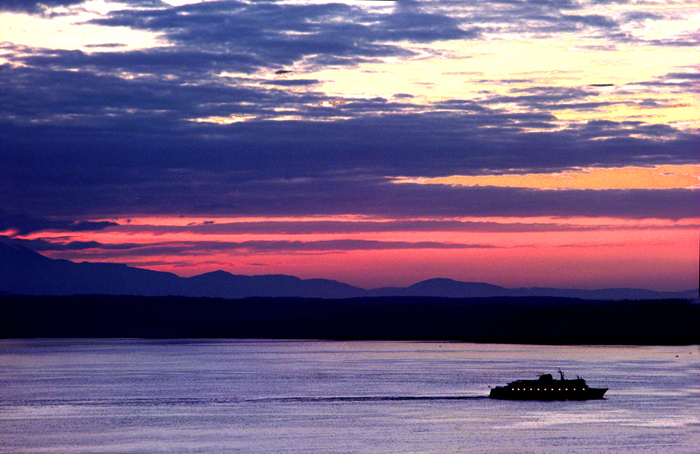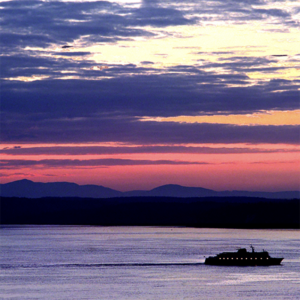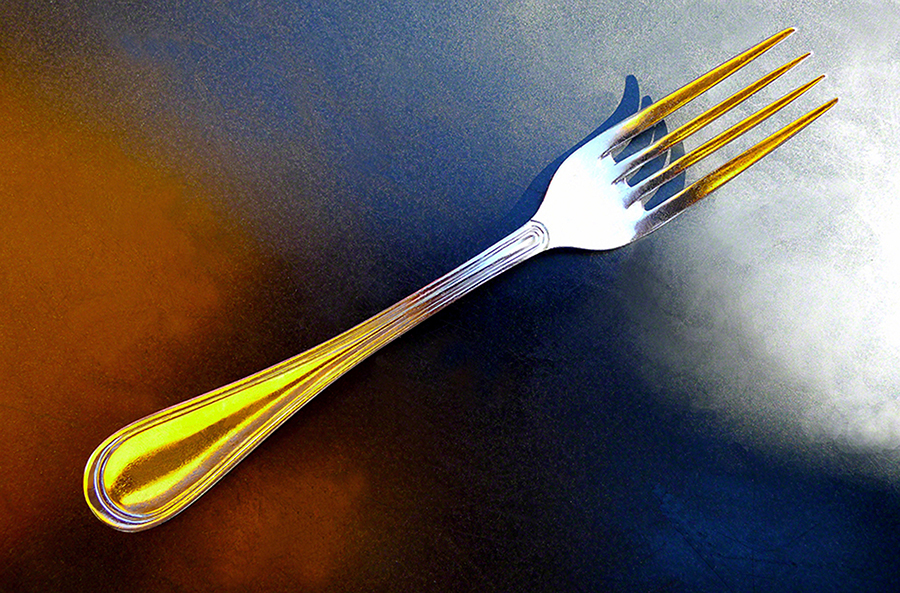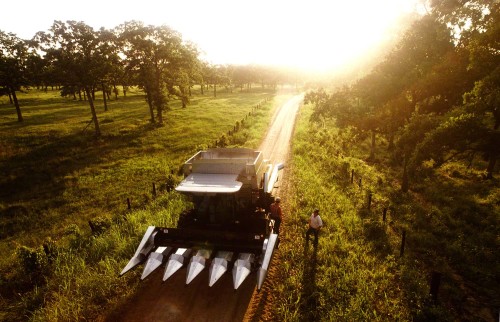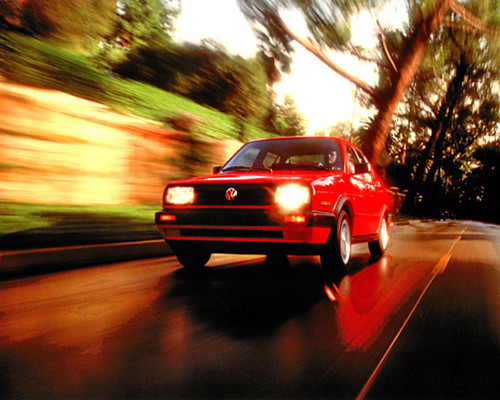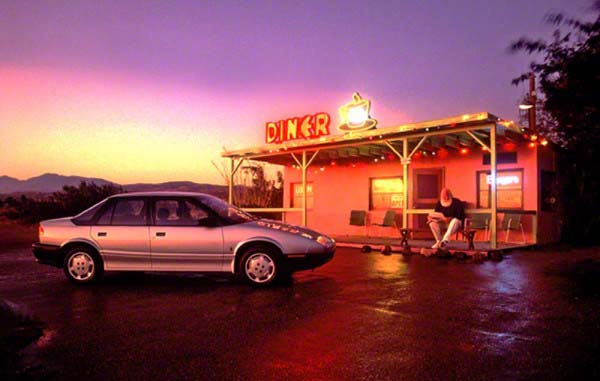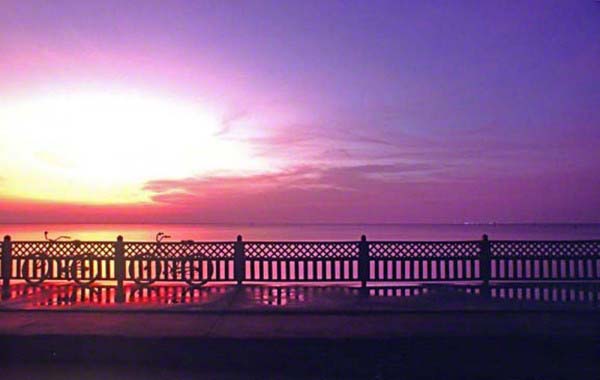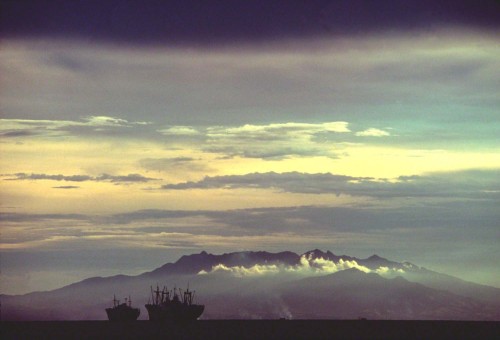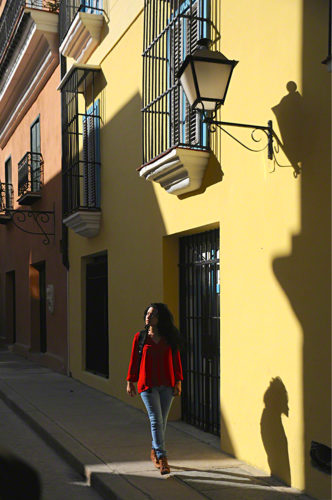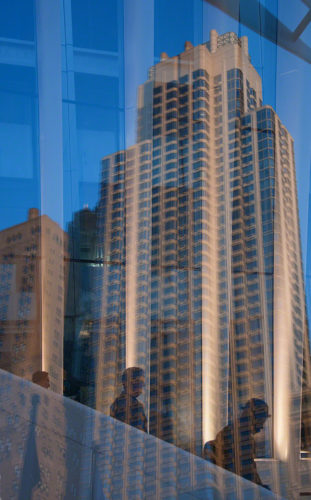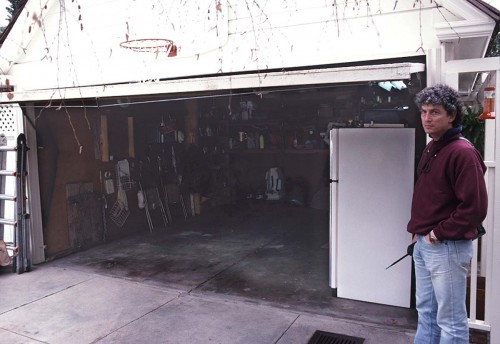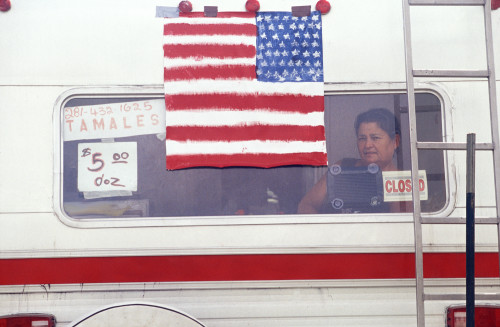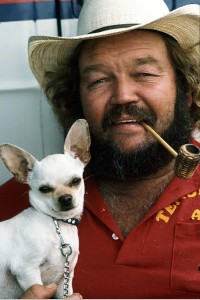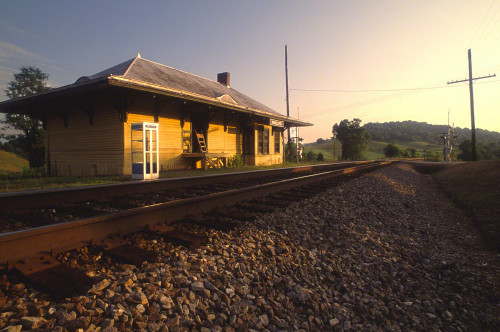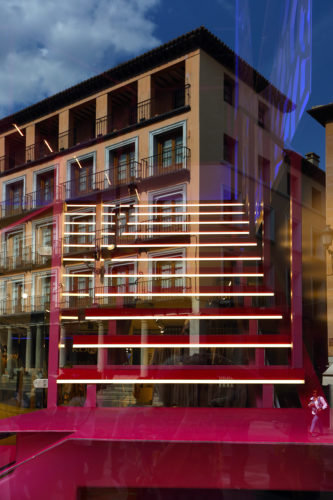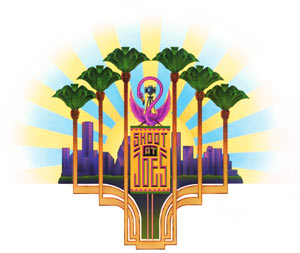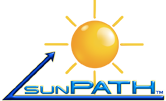Every time I write one of these posts, it reminds me of great memories and days gone by when you had to be a good photographer. When in order to eat every day, as in three squares, you had to be able to take photos in the camera without any help after the fact; when Adobe was a type of house in the southwest part of this country.
Don’t get me wrong, as I tell my online students with the BPSOP, and in my “Stretching Your Frame of Mind” workshops I conduct around the planet, I’m not some kind of purist that refuses to use post-processing, I use it all the time to tweak my images. I can tell you that on occasion, it comes in mighty handy when I just can’t what I want in the camera, or I can’t leave something out no matter where I move to or stand.
It’s just that for me, I like the challenge of doing it all in the camera, and as a result, I can look at myself in the mirror and feel good that I accomplished something without any help from the new digital world created by lightroom and Photoshop. That makes me feel like a good photographer and not a good computer artist; I mean where is the line drawn between the two?
The above photo was shot for an advertising agency in Houston that handled Shell Oil. Every year Shell picked a city where Super Rigs from all over the country would gather and have a competition to see what twelve trucks would win a spot to be on next year’s Shell Rotella calendar. It was a big deal and an honor to have your truck represent one of the months.
I was given full reign to come up with an idea for the calendar and decided to take an environmental portrait of all the truck owners next to their Super Rigs. My producer was sent there ahead of time to find some locations based on our initial conversation. For the month of October, I decided on a scary theme mixed with some humor, and as I always say, if it is worth taking seriously, it’s worth making fun of…as in death and the Grim Reaper.
I told this owner of my idea, and would he like to represent October and Halloween. He was all over it like a cheap suit. We found the wardrobe and took Darin and the truck to an old Victorian cemetery. I placed all the lights in the cemetery, lit the truck, and Darin, then with a fog machine smoked it ll up to create the mood.
This was shot in one exposure without any help from any post-processing. In other words, all in the camera.
Visit my website at: www.joebaraban.com and check out my workshop schedule at the top of this blog. Come shoot with me sometime.
https://www.instagram.com/barabanjoe/
JoeB

